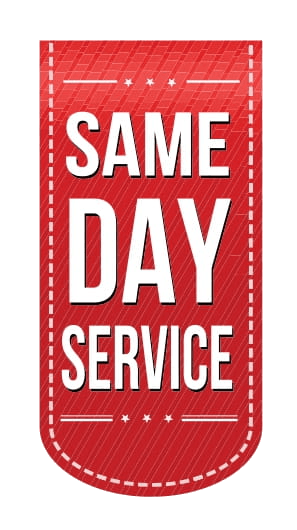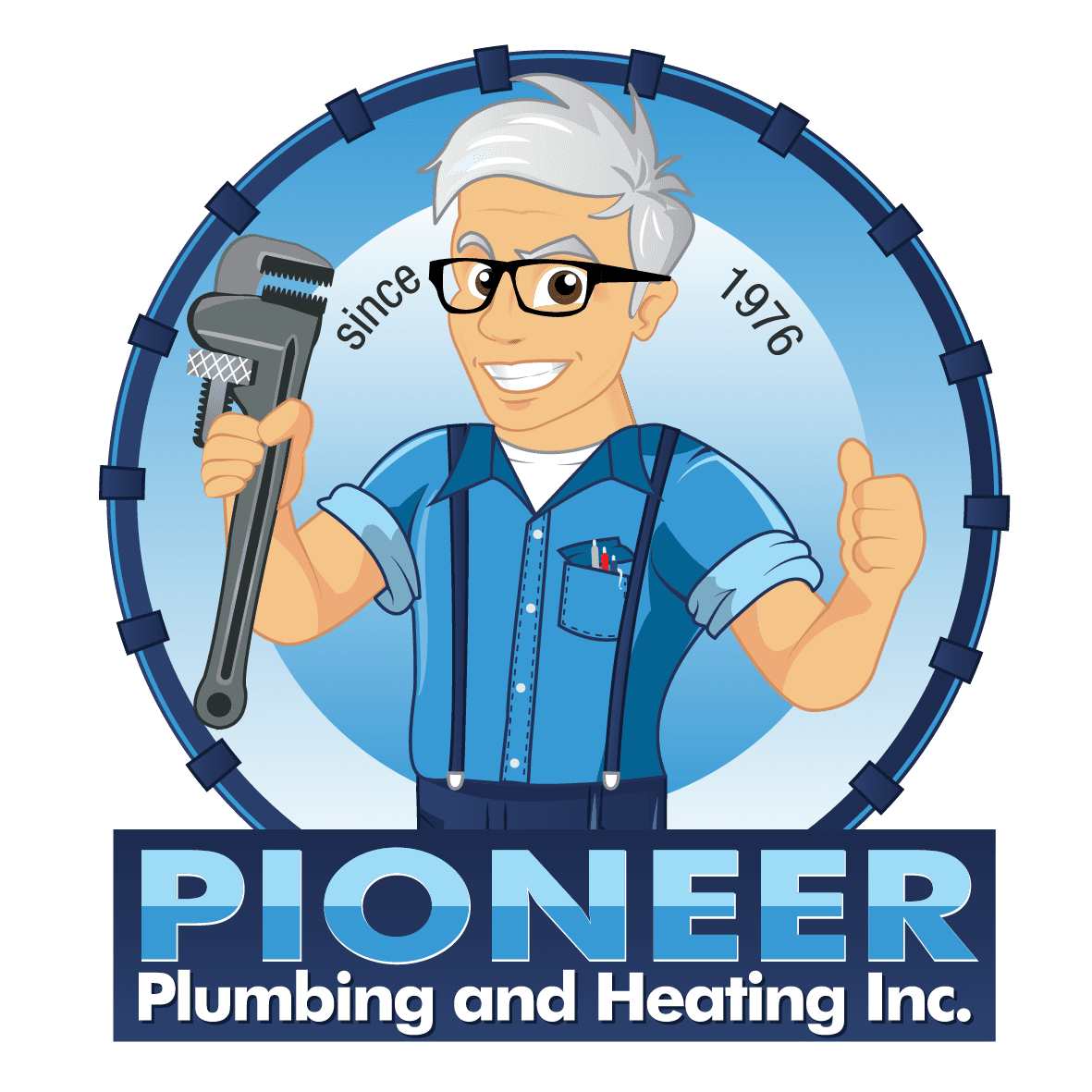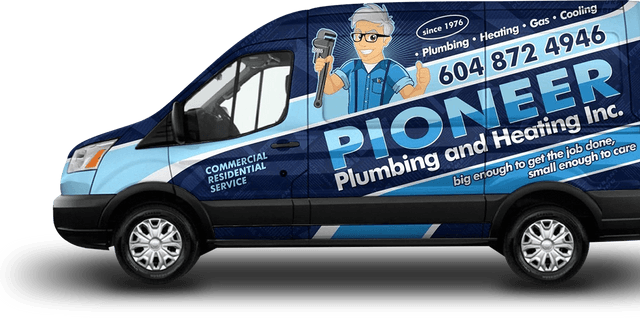Vancouver Sewer Separation Program
Property owners are responsible for the sewer lines on their property up to where they meet the municipality’s sewer connection(s). Depending on whether your area has separate or combined sewer mains, this means you will have either one or two sewer lines (“storm” or “sanitary”).
If you receive official notice of sewer separation work in your area, you will need to have this done to comply with new legislation.
Most municipalities now employ a sewer system in which storm water travels through different pipes than sewage in order to eliminate sewer overflows and to prevent flooding. However, some older systems still combine both rainwater and waste in a single sewer main. These older, combined sewer mains are being systematically replaced throughout the country. We are familiar with the new compliance regulations for sewer main replacement.
Sewer Drain Repair and Replacement
Sewer pipes that have been damaged by roots or are corroding due to age have to be repaired or replaced. Signs that your sewer lines are in need of attention include:
- Slow shower or bathtub drainage
- Gurgling noises when flushing toilets
- Wet areas around floor drains after doing laundry
Some kinds of sewer pipe are more susceptible to this type of damage than others. The worst is clay tile pipe, commonly used in the Lower Mainland until the 1990's, with concrete being a close second. Modern PVC piping is much better as it requires fewer joints, is more flexible and less prone to degradation. When it comes to water line replacement or water line repair in Vancouver, you can count on us to get the job done right.
Repairing Root Damaged Drains
This is one of the most expensive plumbing problems you might have to deal with, so having drainage problems diagnosed and repaired promptly is in your best interest. Emergency procedures include the use of a root saw to cut away invading roots followed by a high-pressure flush. However, this is a temporary measure as cutting tree roots encourages new growth and the openings in the drain pipe will still be there and will likely become larger.
The use of root-killing chemicals is not recommended – and is actually banned in many areas – for environmental reasons though a foaming herbicide can be pumped into drain pipes. This kills the roots it contacts and will inhibit new growth for a couple of years.
The best option when it comes to sewer service is to set up a video camera inspection which allows visual confirmation of the exact location and nature of the problem.
Once the nature of the damage is determined, we will explain your options. These include things like root extraction followed by an epoxy lining to seal and reinforce pipes. However, should your sewer pipes be badly broken they will have to be replaced.
Definition of a Sewer
A sanitary sewer or foul sewer is an underground pipe or tunnel system for transporting sewage from houses and commercial buildings (but not storm water) to treatment facilities or disposal. Sanitary sewers are part of an overall system called a sewage system or sewerage.
Sewage may be treated to control water pollution before discharge to surface waters. Sanitary sewers serving industrial areas also carry industrial wastewater.
Separate sanitary sewer systems are designed to transport sewage alone. In municipalities served by sanitary sewers, separate storm drains may convey surface runoff directly to surface waters. Sanitary sewers are distinguished from combined sewers, which combine sewage with storm water runoff in one pipe. Sanitary sewer systems are beneficial because they avoid combined sewer overflows.
Conventional Gravity Sewer
In the developed world, sewers are pipes from buildings to one or more levels of larger underground trunk mains, which transport the sewage to sewage treatment facilities. Vertical pipes, usually made of precast concrete, called manholes, connect the mains to the surface. Depending upon site application and use, these vertical pipes can be cylindrical, eccentric, or concentric. The manholes are used for access to the sewer pipes for inspection and maintenance, and as a means to vent sewer gases. They also facilitate vertical and horizontal angles in otherwise straight pipelines.
Pipes conveying sewage from an individual building to a common gravity sewer line are called laterals. Branch sewers typically run under streets receiving laterals from buildings along that street and discharge by gravity into trunk sewers at manholes. Larger cities may have sewers called interceptors, receiving flow from multiple trunk sewers.
Design and sizing of sanitary sewers considers the population to be served over the anticipated life of the sewer, per capita wastewater production, and flow peaking from timing of daily routines. Minimum sewer diameters are often specified to prevent blockage by solid materials flushed down toilets; and gradients may be selected to maintain flow velocities generating sufficient turbulence to minimize solids deposition within the sewer. Commercial and industrial wastewater flows are also considered, but diversion of surface runoff to storm drains eliminates wet weather flow peaks of inefficient combined sewers.
Maintenance
Sanitary sewer overflow can occur due to blocked or broken sewer lines, infiltration of excessive stormwater or malfunction of pumps. In these cases untreated sewage is discharged from a sanitary sewer into the environment prior to reaching sewage treatment facilities. To avoid this, maintenance is required.
The maintenance requirements vary with the type of sanitary sewer. In general, all sewers deteriorate with age, but infiltration and inflow are problems unique to sanitary sewers, since both combined sewers and storm drains are sized to carry these contributions. Holding infiltration to acceptable levels requires a higher standard of maintenance than necessary for structural integrity considerations of combined sewers. A comprehensive construction inspection program is required to prevent inappropriate connection of cellar, yard, and roof drains to sanitary sewers. The probability of inappropriate connections is higher where combined sewers and sanitary sewers are found in close proximity, because construction personnel may not recognize the difference. Many older cities still use combined sewers while adjacent suburbs were built with separate sanitary sewers.
For decades, when sanitary sewer pipes cracked or experienced other damage, the only option was an expensive excavation, removal and replacement of the damaged pipe, typically requiring street repavement afterwards. In the mid-1950s a unit was invented where two units at each end with a special cement mixture in between was pulled from one manhole cover to the next, coating the pipe with the cement under high pressure, which then cured rapidly, sealing all cracks and breaks in the pipe. Today, a similar method using epoxy resin is used by some municipalities to re-line aging or damaged pipes, effectively creating a "pipe in a pipe". These methods may be unsuitable for locations where the full diameter of the original pipe is required to carry expected flows, and may be an unwise investment if greater wastewater flows may be anticipated from population growth, increased water use, or new service connections within the expected service life of the repair.
Pipe Bursting
Another popular method for replacing aged or damaged lines is called pipe bursting, where a new pipe, typically PVC or ABS plastic, is drawn through the old pipe behind an "expander head" that breaks apart the old pipe as the new one is drawn through behind it.
These methods are most suitable for trunk sewers, since repair of lines with lateral connections is complicated by making provisions to receive lateral flows without accepting undesirable infiltration from inadequately sealed junctions.
Click here to read through our many customer reviews and see firsthand the level of work we provide for our customers.
Call any time to set up an appointment.
Contact Us / Work Order
We will get back to you as soon as possible.
Please try again later.
Pioneer Plumbing & Heating Inc
105-1305 Welch St., North Vancouver BC, V7P 1B3
Office Hours : 8 am - 5 pm Weekdays
Pioneer Plumbing & Heating Inc
45+ years in business
North Vancouver and nearby areas
Open 24 hours
northvancouver.pioneerplumbing.com
604-716-4946
© 2021 Pioneer Plumbing & Heating Inc






